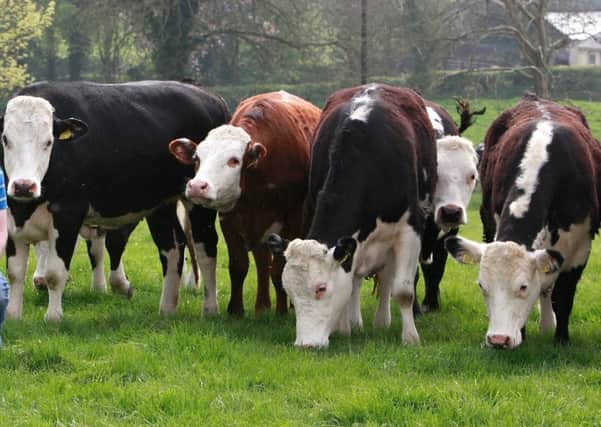Hereford leads for feed efficiency


The average finishing age for Hereford is approximately 18-20 months, therefore according to Teagasc’s recommendations regarding carcass weight, the same amount of feed can finish approximately 75 Hereford cattle against only 50 animals from continental breeds.
Herefords convert their forage-based diets into muscle quickly and efficiently, gaining weight with ease and providing a high-quality carcass.
Advertisement
Advertisement
The eating quality of these carcasses has been recognised by retailers and they are much in demand by the numerous Certified Hereford Beef Programs currently provided by various processors around the country, each of which has a bonus scheme in place offering premium prices for Hereford stock.
This has led to the establishment of the Hereford as one of the most popular multi-purpose breeds, producing a quality beef product with significantly reduced feed costs and adding to profit margins for both beef and dairy farmers.
The breed has also proved popular with part-time farmers who spend a lot of time off the farm and need easy-care cattle to reduce labour and input costs.
The natural fertility of the females with their high conception rates and ability to calve down at two years of age make them much sought after as suckler dams.
Advertisement
Advertisement
For the dairy farmer the Hereford sire is recognised for its high libido and ability to provide progeny that are easy calved after a short gestation period and help ensure a compact calving pattern in the herd.